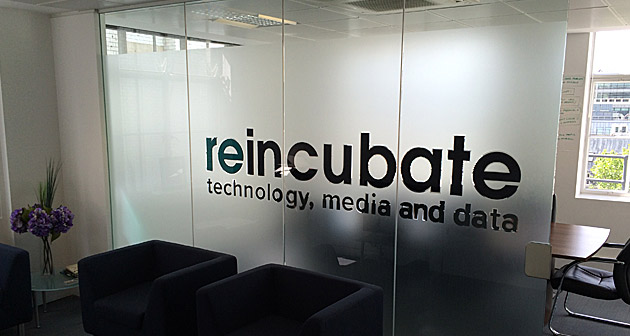Achieving E-Commerce Excellence

Remember the 1980s, when supermarkets pushed their way up the value chain to decimate wholesalers and squeeze producers? It’s analogous to how Internet giants are marginalising e-commerce companies and their suppliers today. Take Amazon, Google and Facebook. They’re building marketplace, payment, and identity and fulfillment systems, reshaping e-commerce as we know it with a compelling offer for retailers: less operational hassle and more sales in exchange for customer, pricing and product data access.
This “offer” can be risky for e-commerce companies. In the case of Diapers.com, Amazon was able to tap into reach and mar- gin data, and then undercut them at a loss until they were able to buy the business. And yet, there are techniques that the big players can’t always adopt with their broad-brush approach, steps that may fall outside of the usual e-commerce best practices. In my years of experience in this space, I’ve learned that these approaches don’t suit all businesses, but when a fit is found, a business can be grown rapidly. Here are some approaches to do just that:
-
Investing in strong product descriptions and imaging: By making their site’s inventory “sexier,” companies can perform better in Google search results. Companies that sell products in a single sector often have staff with the passion and expertise to create compelling product descriptions. Reliance on brand-supplied descriptions can lead to easier absorption by price-comparison engines, harming your margins. In an earlier role with Wiggle.com, I found that producing our own dynamic text and images for our products helped us get more traffic and built credibility with our users.
-
Generating “stickiness” with planning and complementary tools: Early in my career, I built free planning tools for weddings while working for a celebration-themed business. Besides giving users a reason to return to the site and engage, creating tools helped us understand customers’ purchasing life cycles and approach them at opportune moments for promotions. Loyalty and community systems also give users a reason to remain on site or return and be “converted” later. Amazon has done really well in this space. Instead of rewarding their best customers with discounts, they’ve convinced them to pay even more for “prime” memberships!
-
Sourcing own-brand and product-personalisation options: With own-brand products, retailers can offer exclusive deals and tie-ins for their customers. Similarly, online product-personalisation systems offer good margins and cater to special interests. Amazon has quietly built a large inventory of products under their own brands, and has even repackaged branded goods. In my technology and venturing company, Reincubate, and in previous businesses, we’ve obtained products from the Far East and applied our own brand to them, finding that it’s difficult to provide goods that are essentially identical to premium-branded goods at a lower price point.
-
Entrenching with added value and alternate revenue streams: By offering price-comparison options or marketplaces (so other retailers can sell new goods or consumers can sell them secondhand), I’ve seen companies position themselves as authorities of their vertical markets. For example, after Play.com’s position in the entertainment media industry was destroyed by a tax change, the business was sold to Rakuten largely on the strength of its secondhand marketplace. By strengthening their identity in the online space, Play.com was able to position itself in the best possible light for purchase.
-
Offering brand-extension options to suppliers: Just as super- markets sell aisle placement and banners, sites like CNET.com and KitBag.com are masters of co-branding, endorsement and customisation. At CNET, where I worked, and at Wiggle, I found that these options could be used to secure brand support in cash, margin, stock and supply exclusivity. Having the manufacturer brand parts of our sites gave us the opportunity to boost “showrooming,” where consumers might try out the product in a retail store, but ultimately purchase it from us online for a better price.
